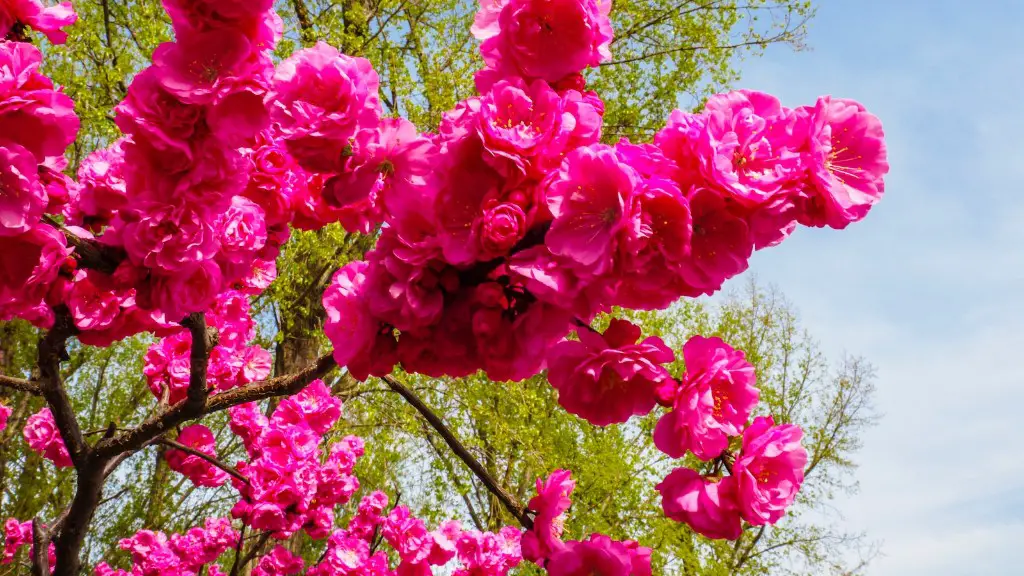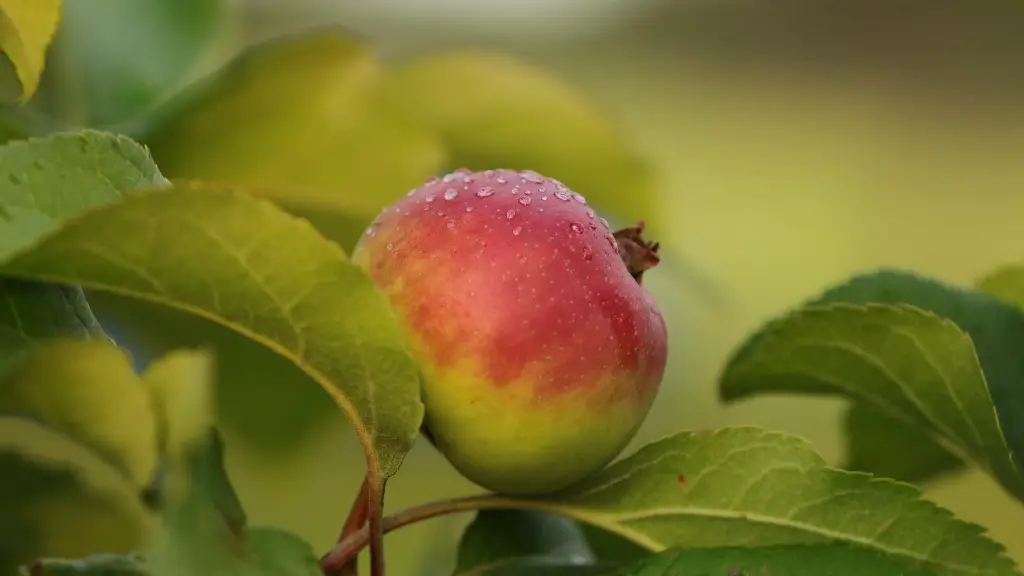Preparation
Grafting a cherry tree is not an easy task and requires some preparation before beginning. Firstly, before starting the process, the tree where the cherry graft is being placed should be pruned in order to ensure that the branches are easy to handle and cut. In addition, the section of the tree where the graft will be placed should be cleaned with a sterilized blade, making sure that there are no back wounds. It is also essential to ensure that the cutting tools used in the process are disinfected and well maintained to prevent infections.
The next step is to select a scion, which is the stem that contains buds and is used to perpetuate a cultivar. It is important to ensure that the scion is healthy and contains a pair of healthy buds that are disease-free. The scion should be taken from the shoots of last year’s growth and should be used as soon as possible to prevent it from drying out.
The third step is to select the site where the graft will be placed. It is important to select a site that is healthy, clean, and free from diseases or infection. Additionally, it is important to select a site that is at the same height of the scion and receives good sunlight.
Grafting
Once all the preparations are done, it is time to start the grafting process. This process consists of making a cut in the scion and then attaching it to the rootstock of the tree using either a veneer graft or a wedge graft.
The first step in the grafting process is to make a cut in the scion. Generally, a slanting cut is made that is slightly curved, but may be in different shapes depending on the type of graft. After the cut is made, the scion should be immediately attached to the rootstock.
The second step is to attach the scion to the rootstock, and this can be done using either a veneer graft or a wedge graft. In both of these techniques, the scion is wrapped around the rootstock and secured with wax or string, so it can heal and grow.
Once the two pieces have been secured, the last step is to bind the cut ends with tape and wax. This step not only helps with the healing process, but it also helps to protect the tree from insects and diseases.
Caring
After the grafting process is completed, it is important to take good care of the tree in order to ensure that the graft is successful. One important task is to water the tree regularly, making sure that the water runs down to the graft. Additionally, a layer of mulch should be applied to the soil to retain moisture and control weeds.
It is also important to protect the tree from extreme temperatures and snow, and this can be done by using wrapping materials like shade cloth, burlap, or plastic. Lastly, the graft should be monitored for signs of disease or insects and be treated accordingly.
Layers
After the graft has taken, it is important to train the tree so that it can form multiple layers. The most common way to do this is by pruning the tree over time to encourage a multi-layer form. This technique involves cutting off any shoots of the scion that are growing vigorously, so that the tree can form multiple layers and not become too crowded.
When training the tree, it is important to use a technique known as crown thinning. This technique involves removing some of the inner branches, which helps to increase the airflow throughout the tree and allows more sunlight to reach the inner parts of the tree. This improves the overall health of the tree and helps to ensure a successful harvest of cherries.
Harvest
When the tree is ready for harvest, it is important to pick the cherries when they are still fairly firm and not yet fully ripe. This is because ripe cherries can easily be damaged when handled and should be left on the tree for a few days until they are fully ripe.
It is also important to remove any damaged fruit from the tree, as it can encourage pests and disease. Additionally, it is important to prune regularly and thin out the branches as needed, in order to encourage healthy growth and fruiting.
Pest Management
In order to keep the cherry tree healthy and productive, it is important to follow a pest management plan. This includes regular monitoring of the tree for signs of disease or insects and providing quick remedies such as sprays or organically approved pesticide applications if needed.
Additionally, the use of a pesticide wrap is also recommended, as this helps to create a barrier that protects the tree from pests and providing an environment where beneficial insects such as ladybugs can thrive. This helps to keep the tree healthy and fruitful.
Protecting the Tree
The last step to ensure a successful harvest is to protect the tree from extreme weather conditions. This includes providing good watering during periods of drought, providing good drainage during periods of heavy rain, and providing protection from strong winds.
Additionally, the use of windbreakers or stake systems can also help to provide protection from strong winds and help to keep the tree healthy and productive.
Nutrition and Pruning
To help promote good health and fruitfulness, an appropriate amount of nutrients should be applied to the tree on an annual basis. It is also important to prune regularly in order to maintain a healthy shape and encourage the development of flowers and fruits.
When pruning, it is important to focus on removing dead, diseased, or crossing branches. Additionally, it is also important to remove any root suckers that may be forming.
Crop Rotation
Finally, it is important to follow a crop rotation plan in order to ensure that the tree continues to have access to the nutrients it needs. Crop rotation involves planting different crops in different areas of the garden each year, and this helps to ensure that the tree has access to different nutrients each year.
It is also important to allow the tree to rest at least once every five or six years, as this helps to promote a healthy environment and prevent diseases from taking hold in the soil.

